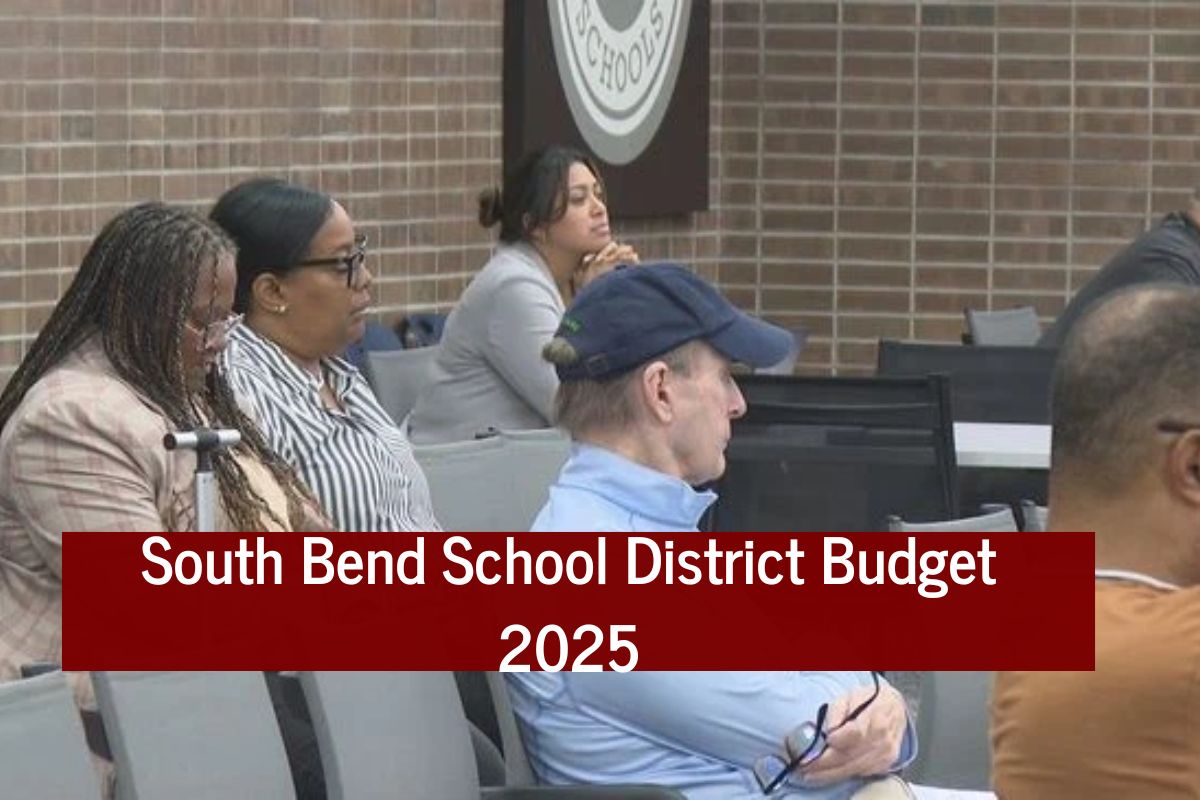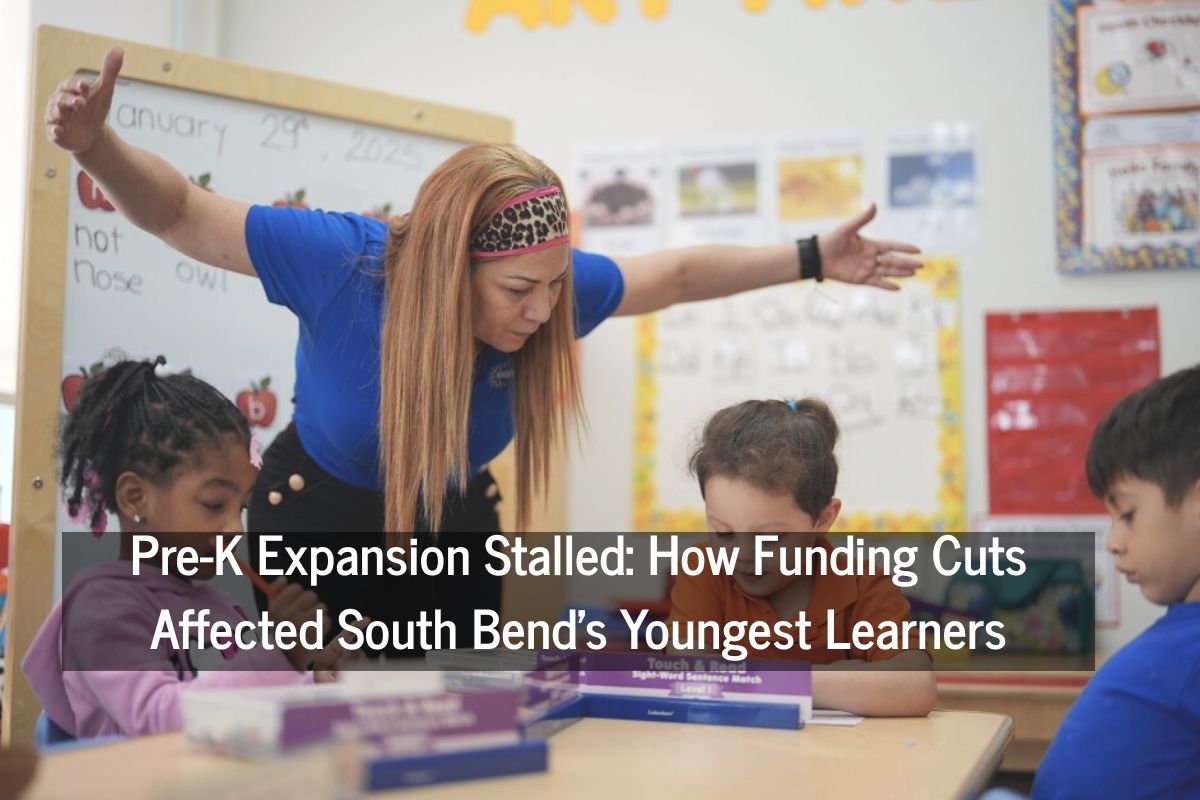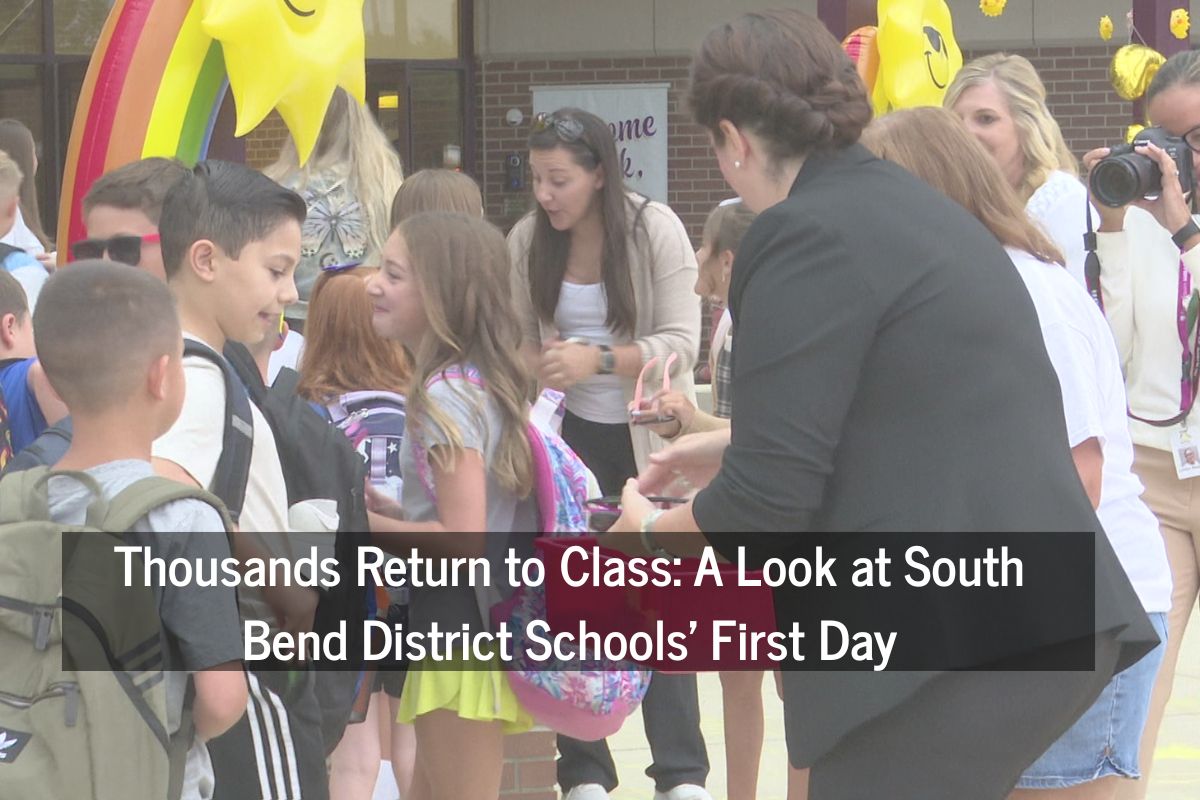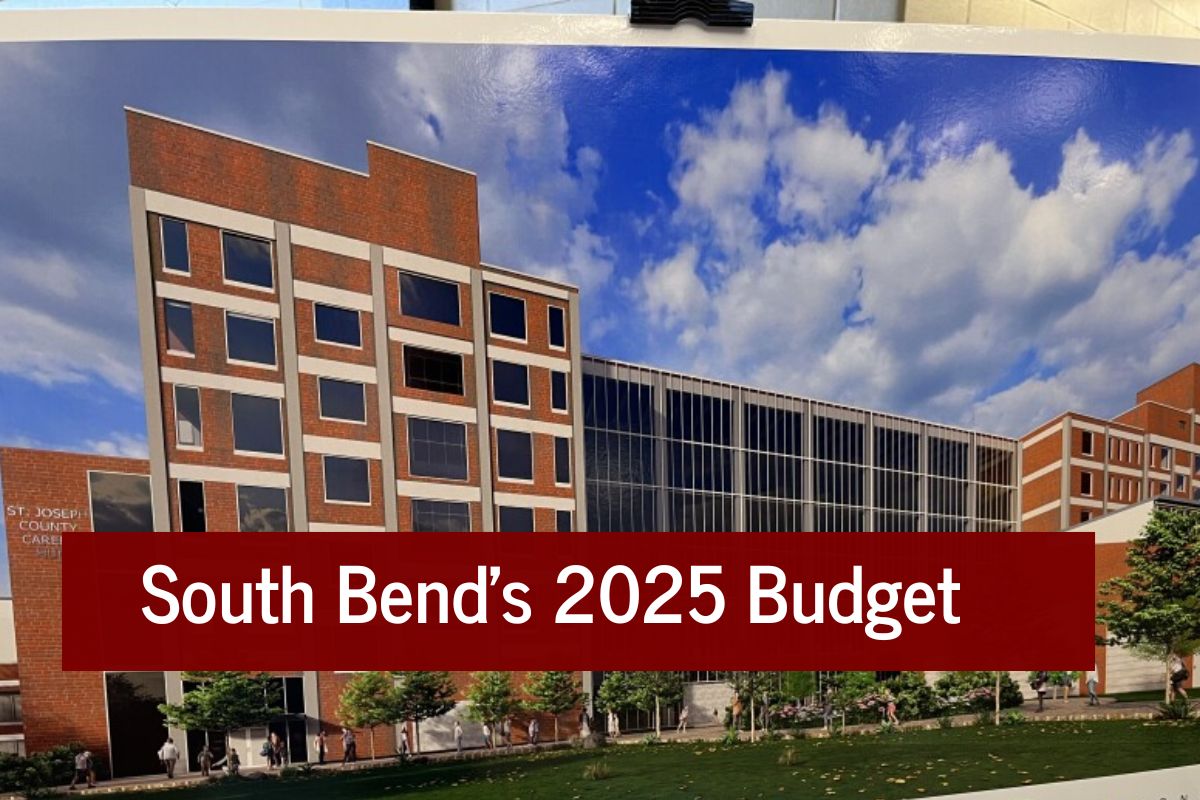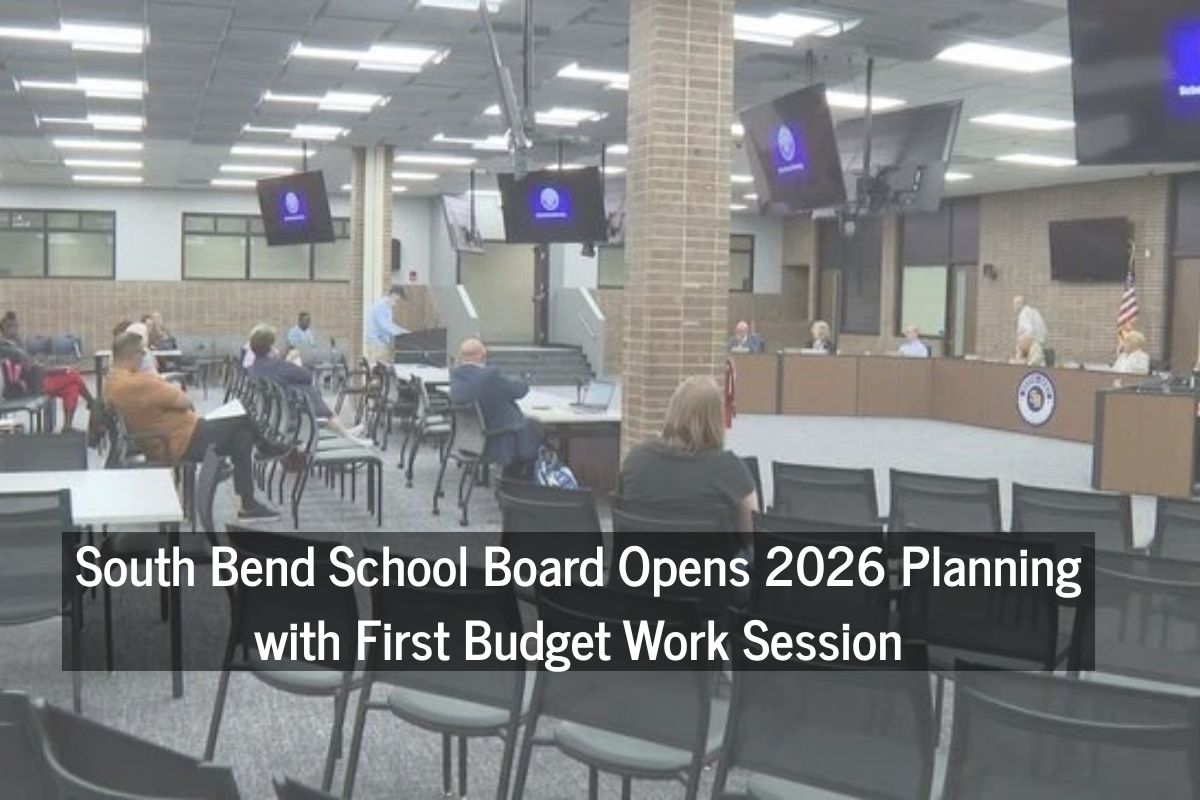If you are a concerned parent taxpayer or part of the community you know how important school district budgets are for your children’s education. The budget cycle of 2025 is a one-of-a-kind chance to demand that the way public funds are spent be clearer and accountable. This piece will give you the information and tools you need to understand how your school district spends its money and push for more openness so that your tax dollars are used wisely to support education. You will learn how to read budget papers find ways to make things better and speak up during the process.
What is a school district budget?
Funds for a school district are not just a list of numbers. It’s a plan for how the money from your community’s taxes will be used to teach students. This important document shows what the local school system’s aims and goals are when it comes to everything from teacher pay to classroom supplies. It tells you where each dollar goes and where it comes from.
School District Budget for 2025 : Highlights
| Aspect | Key Focus | Your Role |
| Budget Goal | Using money to help students do well | Find out how money affects learning. |
| Drive for Transparency | Spending plans that are more open | Ask for financial papers that are clear and easy to read. |
| Accessing Info | Open to everyone | Learn where to find budget papers and how to read them. |
| Key Spending Areas | People, classes and equipment | Check assignments for efficiency |
| Advocacy | The people have a say in how decisions are made | Attend meetings, talk to government leaders and use open records |
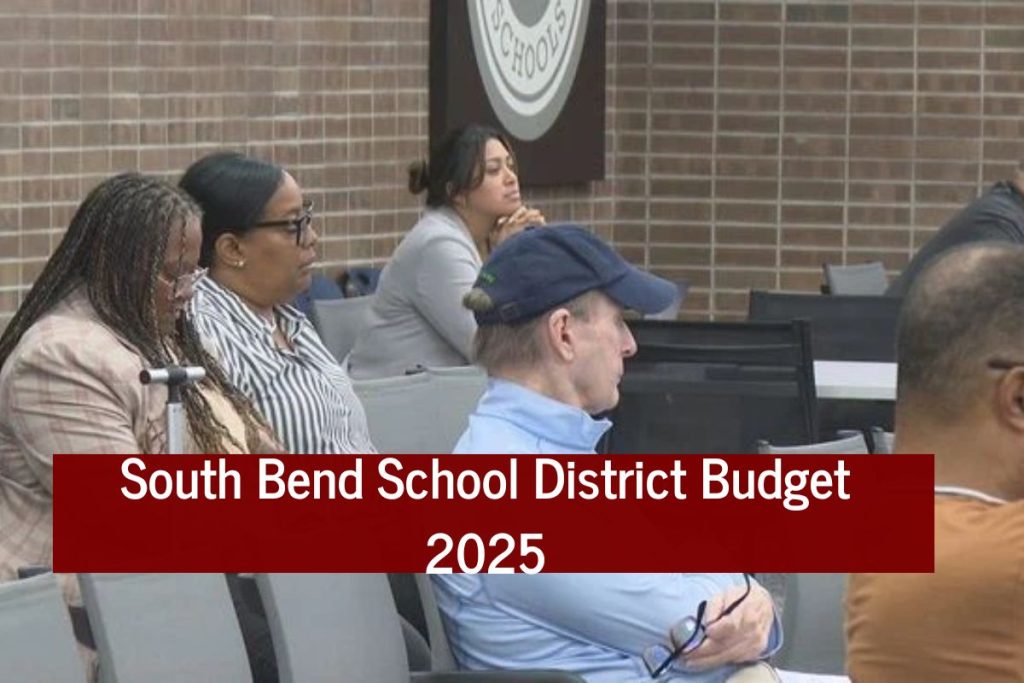
The Purpose of School Funding
Every part of your child’s education is paid for by the school budget. The plans are made by district managers and then your elected school board signs off on them. There are a number of sources of funding such as local property taxes, state aid and government grants. These funds are put into big groups. There will be money for teacher pay, school supplies, building upkeep and special programs for kids who have special needs.
The Drive for Openness: Why Transparency Matters in 2025
Transparency in school district budgets means making financial information clear and accessible to everyone. For the 2025 budget cycle there’s a growing push to open up these financial records. The goal of this effort is to make sure that public money is used well and wisely. Being honest lets everyone know where their money is going and why.
Building trust by being responsible with money
It helps build trust when your school board is open about its spending plans. Leaders who keep clear budgets are good with public money. If information is hard to find or understand people often grow suspicious. This lack of openness can make the community lose faith in school leaders.
Making sure that resources are distributed fairly
Being open and honest also helps make sure that the way funds are distributed is fair. You can check to see if the money is going to all of the schools in the area fairly. It shows whether some schools with the same needs get more resources than others. With an open budget you can see if there are any differences in how much money is given to different student groups.
Making community involvement and advocacy easier
You can get active as a parent or member of the community if you can see the budget. You can help make big choices when you know the budget. You can speak up for your child’s schooling or try to get certain programs put in place. Having clear knowledge about your finances makes you an active participant.
A Useful Guide to Find Your Way Around Your School District Budget 2025
It might seem hard to find and understand the 2025 budget for your local school system. You can read these important points. It makes a huge difference to know. It’s your right to have this information and most schools give it to you more than one way.
Where to Look for the Budget for Your School District
The budgets of most school systems can be found online. Check out the main website for your school district first. A few places to look are Finance, Board of Education and Budget. You might search for the budget 2025 in a search engine. If it’s not online, check your local public library. Public papers like these are sometimes also kept on local government portals.
How to Read the Numbers: Important Things to Look For
Once you have the budget, focus on a few key areas. Look at where the district gets its money, which are its “revenue sources.” See how the money is spent by “expenditure breakdowns.” These breakdowns might show spending by department, individual schools or program type. Pay attention to how much staff and managers are paid.
How to Understand the Budgeting Process: Timeline and Important Players
The budgets for school districts are made on a set schedule every year. A draft budget is usually made by the superintendent and the district’s business team. After this draft is looked over by the school board and shared with the public. Members of the school board play a big role in this because they decide on the final budget.
Breaking Down Key Budget Areas: What to Look Over
There are some parts of your school district’s 2025 budget that need more attention. Most of the time these areas are where the most money is spent. You can tell if funds are in line with educational goals by taking a close look at them. Your close watch helps make sure that money is spent well.
Costs of people: wages and benefits
Most school budgets have a lot of money set aside for salaries and benefits. This includes how much teachers, managers and support staff are paid. It also includes things like health insurance and plans for retirement. You should carefully look over these expenses. Do the numbers make sense when compared to other nearby areas that are similar?
Instructional Expenses: Resources for Learning
This budget area focuses on what directly supports student learning. Look at funds set aside for classroom resources, like textbooks and supplies. See how much goes into technology such as computers and software. Curriculum development and teacher professional growth also fall here.
Capital Projects and Maintenance: The State of Your Schools
Capital projects are expensive things that change the places where kids learn. This includes money for fixing up buildings, building new ones and making technology systems better. Also, look for long-term plans for the building. Are school buildings kept in good shape? Are there plans to make the necessary changes?
Advocating for Change
The first step is to understand the budget. To make a real impact you need to speak up. There are a number of ways to push for more openness and better spending.
Going to public hearings and meetings of the school board
Public hearings and meetings of the school board are great places to say what you think. These are official places where choices about the budget are talked over and decided. You can hear what’s being said directly by going to these meetings. A lot of boards let people say what they think. Get your ideas together ahead of time.
Working together with parent groups and community groups
Working with other people can help your idea get across. Find neighborhood groups or parent organizations that already work on education. Join their work or share what you know.
Utilizing Open Records Requests
If specific financial records are not easily found, you can use open records laws. This means you can ask for contracts or financial reports with lots of information. You can get information from the district that they might not share if you know how to make an official request.
It is very important for the future of education to understand your school district’s budget. There is a push for openness in the 2025 budget cycle and you can play a big part in it. Your participation helps to ensure that public funds are used properly. It helps to create a better learning environment for all students.
FAQ’s
Q1: How can I know if my school district budget is fair?
Look at how much is spent on each student to judge how fair something is. Check to see how much each student at different schools in your area costs. Do every school get the same things?
Q2: What should I do if I find questionable spending in the budget?
First, gather clear proof of what you found. Then get more information by calling the finance office in your area. Talk to the school board about your problems if you’re not happy. You can also tell state education agencies about big problems.
Q3: Are there online tools that let me see how the budgets of other districts compare to ours?
A lot of states have websites or files that show financial information about school districts. You can also find statistics that can help you compare districts on websites like the National Center for Education Statistics (NCES).
Q4: How is the 2025 budget cycle different from earlier ones in terms of trying to be open and honest?
Making financial data easier to use and more open to the public is a big part of the 2025 budget cycle. Many districts are pushing for clearer online presentations of their budgets. There’s a stronger focus on showing how spending connects to student outcomes.
